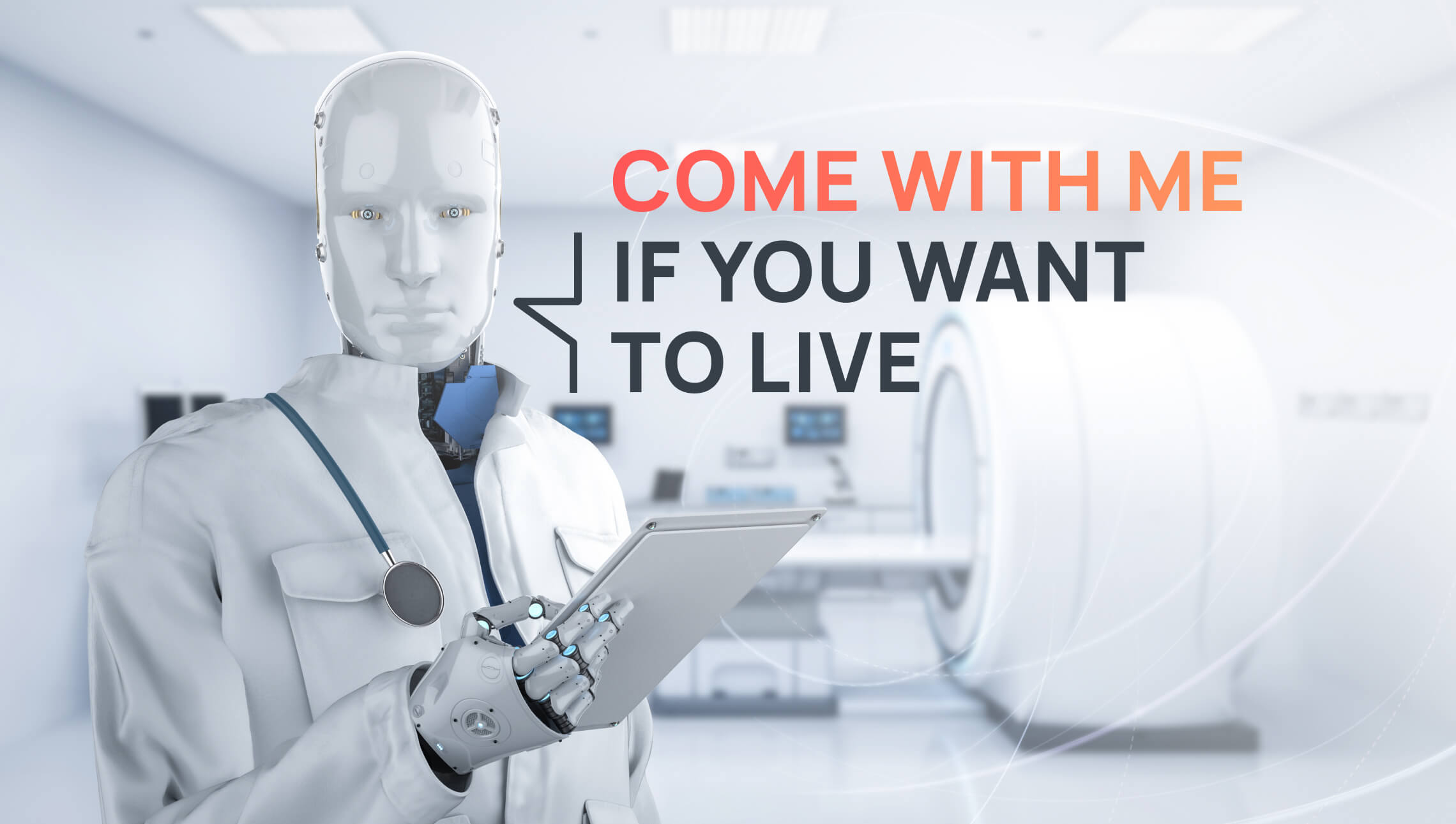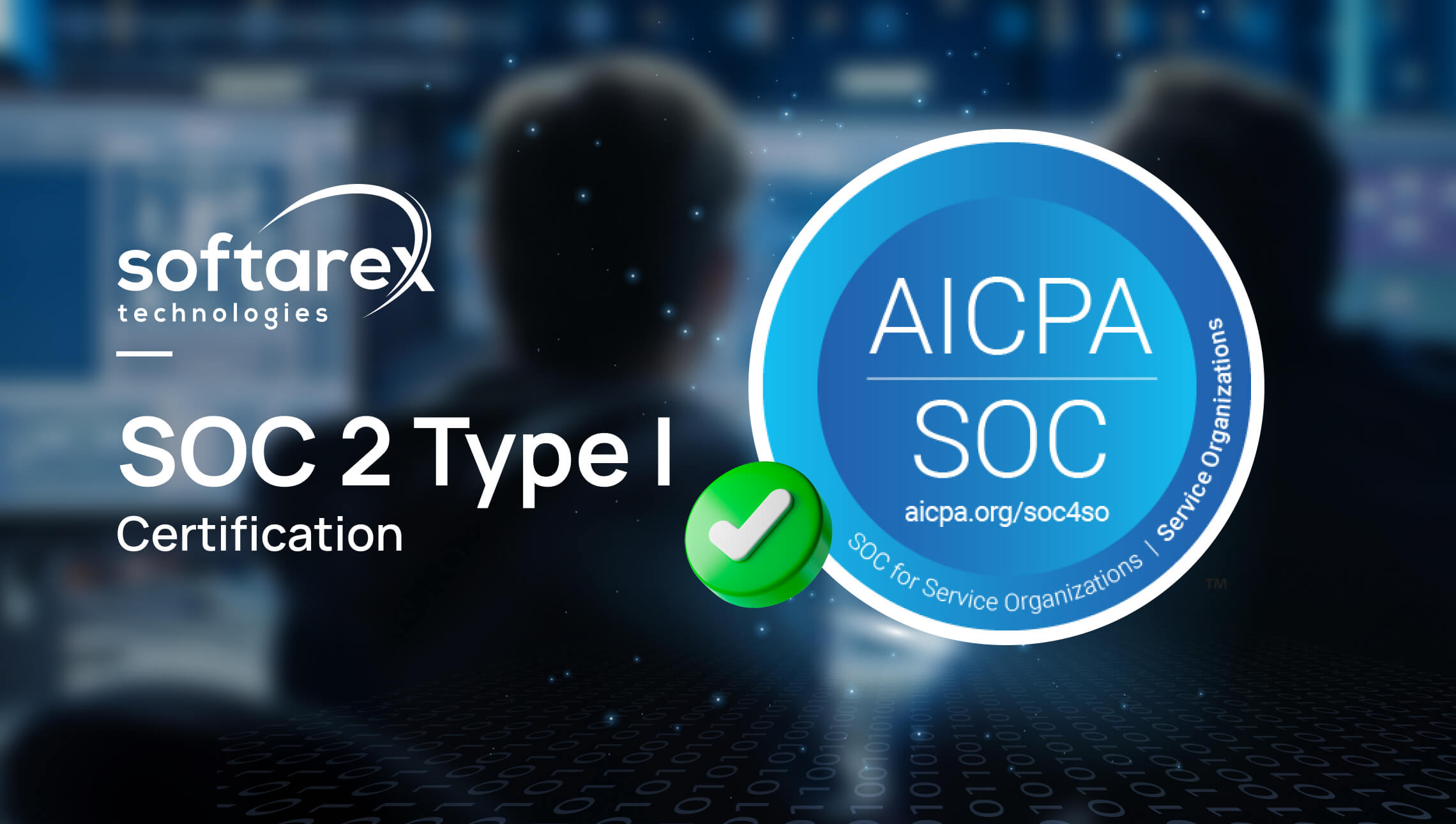Value-based care model is the future of healthcare

The pandemic hit vulnerable populations disproportionately, in both infection and mortality rates. The crisis has laid bare these cracks in the U.S. healthcare system, underscoring that the challenges of managing this acute pandemic and the chronic disease epidemic are completely intertwined due to the lack of value-based healthcare models.
Hospitals struggle financially as they pause elective procedures during the pandemic which highlights the weaknesses in a volume-based system.
A value-based approach more effectively positions providers to weather such changes, as it is better for patients, for providers, and for the community.
What is value-based care?

Value-based care is a “new” healthcare payment model that shifts a medical provider’s reimbursement from fee-for-service to fee-for-value, based on the quality of care they provide to patients: care quality, cost, efficiency, and effectiveness.
This means that providers’ income depends directly on the quality of the patient’s treatment, how well they can improve the outcomes, and overall cost efficiency, rather than to the act of performing a test or procedures. The quality of care is based on certain indicators such as reduced hospitalization, improved preventive care, and the use of certified medical technology. As a patient, this means you should experience an improved quality of care with lower costs.
How does the value-based healthcare model work?

Value-based care models reimburse healthcare providers based on the quality and cost of service. The CMS evaluates a hospital depending on multiple criteria like the level of immunization for certain diseases, the cost of Medicare for each recipient, and even patient feedback on their experience in the hospital.
Then, depending on how the hospital evaluates these rates against the established baseline, the CMS will either reimburse the hospital in excess of their typical service fees or fine their Medicare income.
Problems and benefits of value-based care

Values-based care has many advantages, but not without some disadvantages.
Pros
The biggest advantage for patients is the emphasis on quality preventative care, rather than expensive and often unnecessary tests.
Healthcare facilities can also reduce waste, optimize their processes to increase efficiency, and generate financial benefits.
Value-based models are well suited for health care workers who already spend large sums on health care or have large incomes.
High costs and volumes provide more opportunities to improve quality and reduce costs, which ultimately results in greater savings within value-based care models.
Cons
The biggest disadvantage is the increased requirements for health care facilities. Also, sometimes indirect care like communication with previous care providers, counseling, patient care, etc. are not compensated
Another problem is joint cost reduction programs like package payments. To improve them, providers may need to invest a significant portion of their own resources in the tools they need to monitor treatment costs, improve quality, and much more.
Value-based care and technology symbiote

Technology plays a major role in this model change because benchmarking and reporting about results and quality of patient care requires unprecedented data and analytics about the health status, increased patient involvement, and increased visibility into the patient journey.
Also, to make a value-based care system work smoothly for providers and patients, it should be as cost-effective, as possible. This could only be achieved through the implementation of various technologies and healthcare software solutions that help providers automate some routine work, fasten some decisions, or make treatment processes more efficient — all to provide patients with the most effective and resultative care.
AI as physicians’ right hand
AI has already been used in healthcare to identify patterns in patient cohorts to build disease-specific progression models and analyze genetic information to determine treatment effectiveness. AI can also be used to design and develop clinical trials that were previously time-consuming and manual. The market is expected to reach $68.9 billion by 2026, optimizing clinical workflows trials, cut costs, and streamline processes. AI-automated trial matching research results can already integrate data from electronic medical records, medical literature, and compliance criteria from legislators and learn to interpret test requirements based on patient cases.
Instead of conducting tissue-destructive tests or relying on genomics, AI algorithms can harness information from images to identify patients with a more aggressive disease who are therefore in need of more aggressive treatment. It could also let physicians know which patients have less aggressive cancer and might be able to avoid the side effects of chemotherapy.
Some platforms offer AI-powered care pathways for multiple chronic disease management and integrate with Electronic Medical Records (EMR) systems, giving providers easy access to goal-oriented recommendations.
The platform incorporates multiple risk-associated features and generates daily recommendations for providers, aimed at improving individual patient outcomes. While pre-built care pathways for a wide range of disease areas coordinate care across multiple settings and fully customizable to fit the needs of local ecosystems.
Intelligence platform for all the hospital hustles
Complex systems with tons of customizations require a lot of time for learning which doctors don’t have due to very busy work, especially now. Therefore, to be user-friendly, the platform should visually replicate existing systems as accurately as possible. You don’t have to create something fundamentally new and brilliant — better to make the most suitable one. The doctors we cooperate with have confirmed this point. They do not need a system that will be confusing and time-consuming.
That is how we come up with the AI-based framework to support most of the hospital processes — Paracelsus.
Using Paracelsus, care providers can easily customize their own solutions through flexible modular architecture with a large set of tools based on Artificial Intelligence, Machine Learning, and Neural Networks.
Paracelsus can manage hospital processes like booking, billing, rights and roles access, EHR systems, create treatment scenarios based on AI and Machine Learning, and also provides smart diet optimization based on a biochemical blood test.
Patient data analysis module uses Machine Learning techniques to analyze a patient’s data and make predictions on the need for surgeries, medicines, hospitalizations, and so on.
To provide constant communication between doctors and patients, Paracelsus has a chatbot designer to configure various communication scripts. Patients can learn how to behave in different situations, as well as provide doctors with feedback about the treatment results.
Ensuring your patients following the treatment
Since the fundamental task of value-based care is a positive outcome for patients and providers, it is very crucial that all patients adhere strictly to the prescribed treatment.
To ensure that patients do not forget to take their prescribed medications and understand the importance of their treatment, NotifiUs has developed its smart notification platform.
The platform provides a set of mobile, and web-based messaging services to help patients and care providers monitor adherence to prescribed medication treatment, send encouragement and education to patients and their family members via SMS, text-to-voice, and conference sessions.
The platform provides a real-time view of how well a patient is meeting their schedule or completing health care events on a timely basis. Care providers, as well as family members, can remind and request status updates from individuals on meeting their medication schedule.
“The problem with medication adherence is significant in the United States as well as in other parts of the world. Up to 50% of the chronically ill patients with diabetes, heart disease, blood pressure, typically do not take their medications properly.
Within 30 to 90 days of being prescribed medications for these chronic ailments, patients’ adherence level falls off notably. And very quickly patients start facing various difficulties like, if a patient is a diabetic, liver issues, vision issues, nerve ending issues, and your feet and hands, and so forth.
That translates to extra costs, hospital trips, and ailments that patients wouldn’t have if they took their medicines.”
Terry Wolters, the Founder of NotifiUs
Now, if a patient has questions or does not confirm meeting their adherence schedule, subsequent alerts are sent to patient supporters (medical professionals or family members) who are notified and in turn contact the patient to provide support.
The future of value-based care

We are at the heart of global reform and the shift to digital healthcare. Сhanges that have been coming up for years are finally reaching critical mass.
One-size-fits-all therapies will be replaced by precise ones. The way medical care is delivered will be changed with a value-based healthcare model in collaboration with technology.
The patient experience will become a key-value indicator, so all patient interactions across systems need to offer the best experience possible. And to make it happen, technological innovations are ready to enable truly connected care.
If you consider implementing healthcare technology in your organization, feel free to drop us an email. Our consultants will get back to you as soon as possible to discuss your custom software development needs.








